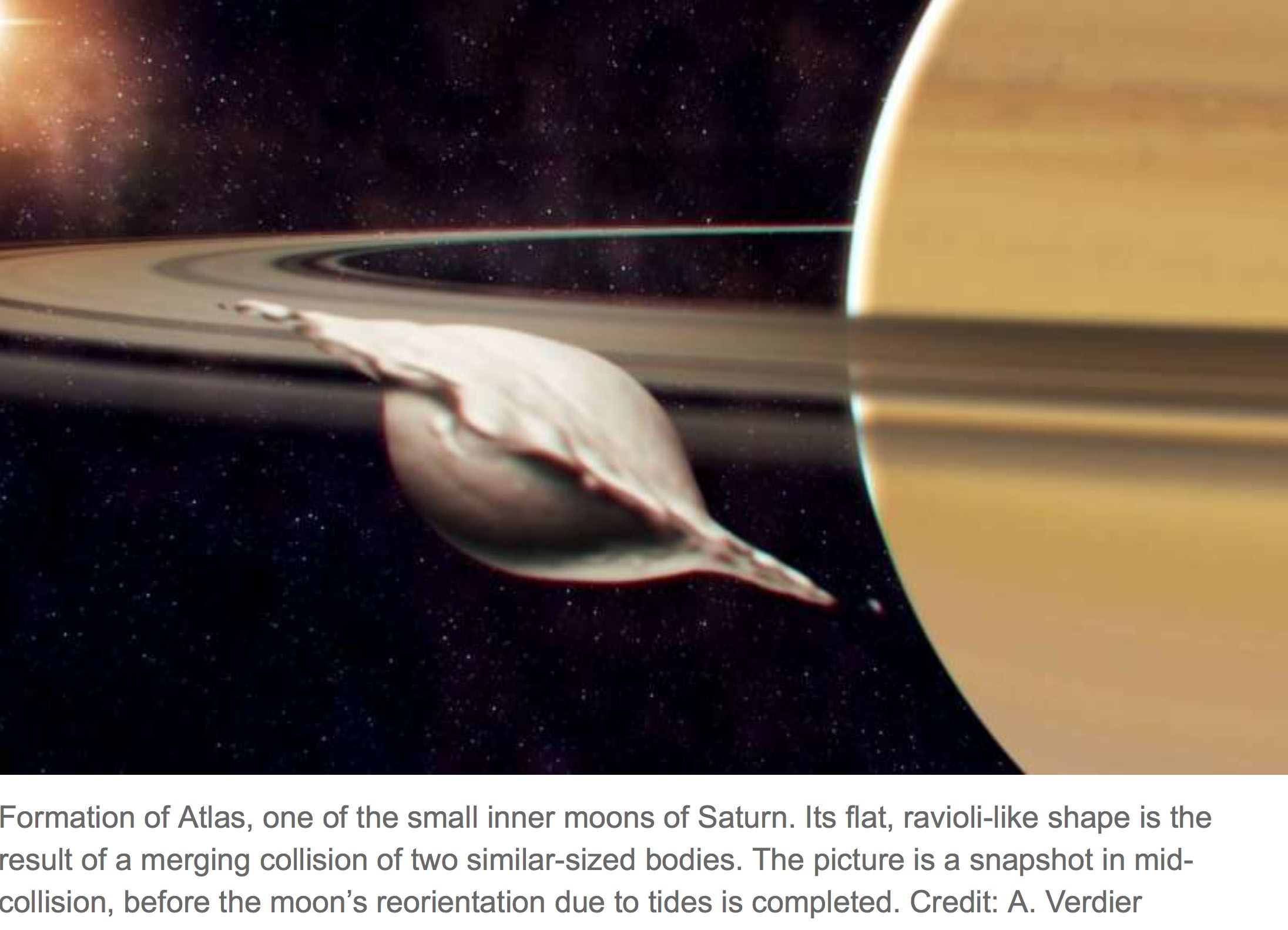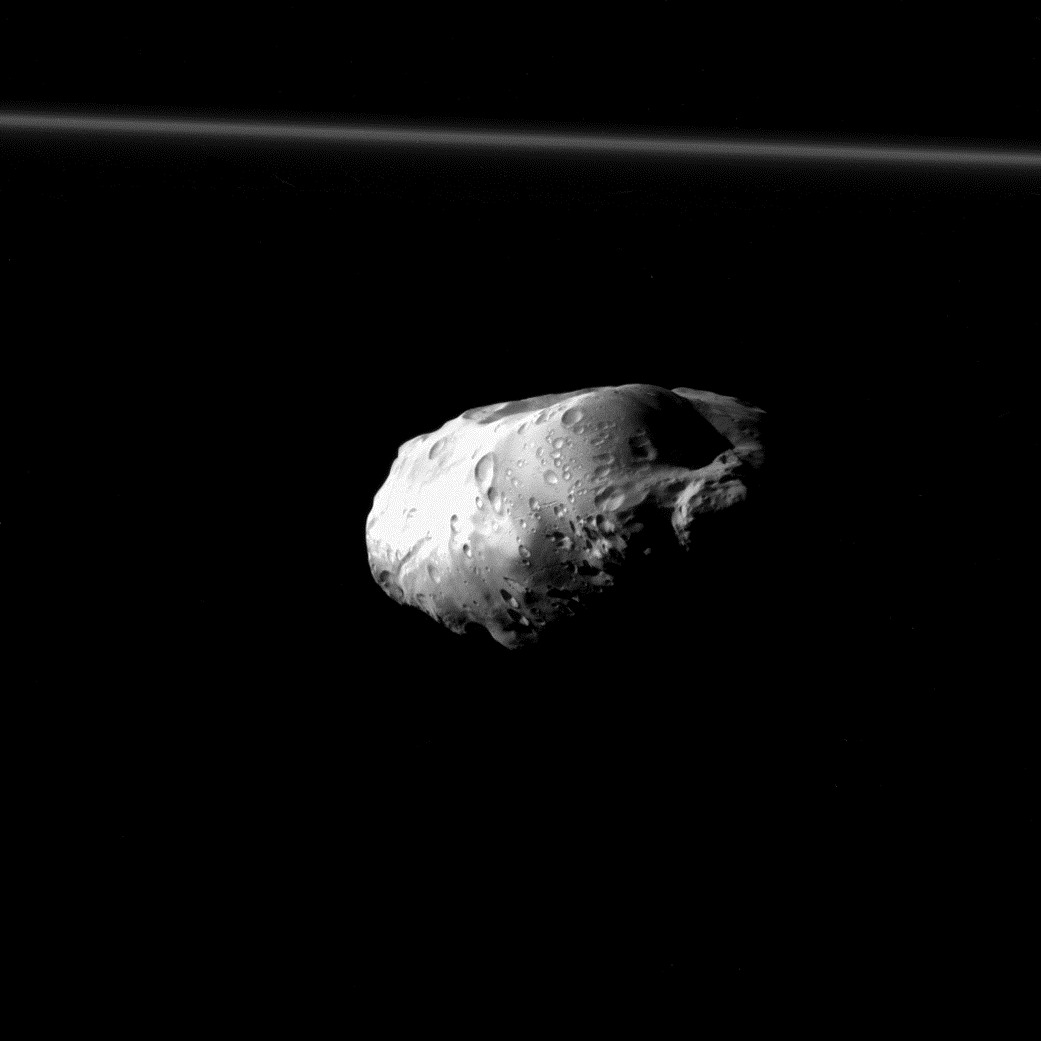

How to quickly create topographic maps by Google Earth software Video advice: Create Topographic Map (DEM) by “Google Earth” Organic chemicals, derived from methane, are present in Titan’s atmosphere, lakes and rivers and may offer clues about the origins of life. The cold atmosphere is mostly nitrogen, like Earth’s, but the organic compound methane on Titan acts the way water vapor does on Earth, forming clouds and falling as rain and carving the surface with rivers. Scientists care about Titan because it’s the only moon in the solar system known to have clouds, surface liquids and a mysterious, thick atmosphere. Titan is Saturn’s largest moon – with a radius of about 1,600 miles (2,574 kilometers), it’s bigger than planet Mercury – and is the second-largest moon in the solar system. Scientists have used data from NASA’s Cassini spacecraft to map the highs and lows of Titan, Saturn’s largest moon. Just Like Earth, Titan Has a “Sea Level” for its Lakes and SeasĬassini Shapes First Global Topographic Map of Titan.

Cassini Shapes First Global Topographic Map of Titan.Titan Unmasked: 1st Map of Saturn Moon’s Topography Revealed.Saturn’s moon is flat as a pancake: First topographical map of Titan reveals tallest peak is just.APL-led team creates first topographic map of Saturn moon Titan.The imaging team is based at the Space Science Institute, Boulder, Colo.įor more information about the Cassini-Huygens mission visit. The Cassini orbiter and its two onboard cameras were designed, developed and assembled at JPL. The Jet Propulsion Laboratory, a division of the California Institute of Technology in Pasadena, manages the mission for NASA's Science Mission Directorate, Washington, D.C. The Cassini-Huygens mission is a cooperative project of NASA, the European Space Agency and the Italian Space Agency. The image scale is 9 kilometers (6 miles) per pixel. This image was taken in visible light with the Cassini spacecraft narrow-angle camera on May 18, 2005, at a distance of approximately 1.6 million kilometers (1 million miles) from Pan and at a Sun-Pan-spacecraft, or phase, angle of 44 degrees. The reverse is true at the outer edge: the particles have just been overtaken by Pan, leaving the wakes behind it. Because of this, the disturbances caused by Pan on the inner gap edge are ahead of the moon.

The particles near the inner gap edge have most recently interacted with Pan and have just passed the moon. In the bottom image, the bright stripes or wakes moving diagonally away from the gap's edges can be easily seen. These waves intersect downstream to create the wakes, places where ring material has bunched up in an orderly manner thanks to Pan's gravitational kick. This kick causes waves to develop in the gap where the particles have recently interacted with Pan (see The Encke Gap as Never Seen Before), and also throughout the ring, extending hundreds of kilometers into the rings. Since ring particles closer to Saturn than Pan move faster in their orbits, these particles pass the moon and receive a gravitational "kick" from Pan as they do. Pan is responsible for creating stripes, called 'wakes,' in the ring material on either side of it. One possible explanation for the complex structure of the ringlets is that Pan may not be the only moonlet in this gap. Not only do the ringlets vary in brightness, but they also appear to move in and out along their length, resulting in notable "kinks," which are similar in appearance to those observed in the F ring (see Outsider Moon. One of the ringlets occupies nearly the same orbit as Pan, while the other is closer to the gap's inner edge. The top image reveals two of the faint, dusty ringlets that occupy the gap along with Pan. The little moon is responsible for clearing and maintaining this gap, named for Johann Franz Encke, who discovered it in 1837. Saturn's moon Pan is seen here orbiting within the Encke Gap in Saturn's A ring in two differently processed versions of the same Cassini image.


 0 kommentar(er)
0 kommentar(er)
